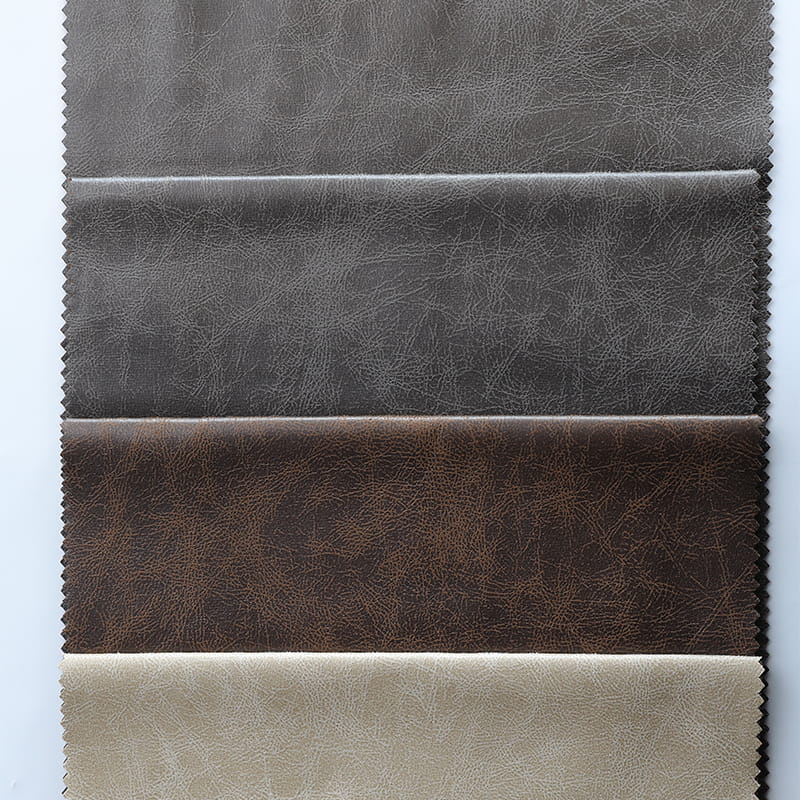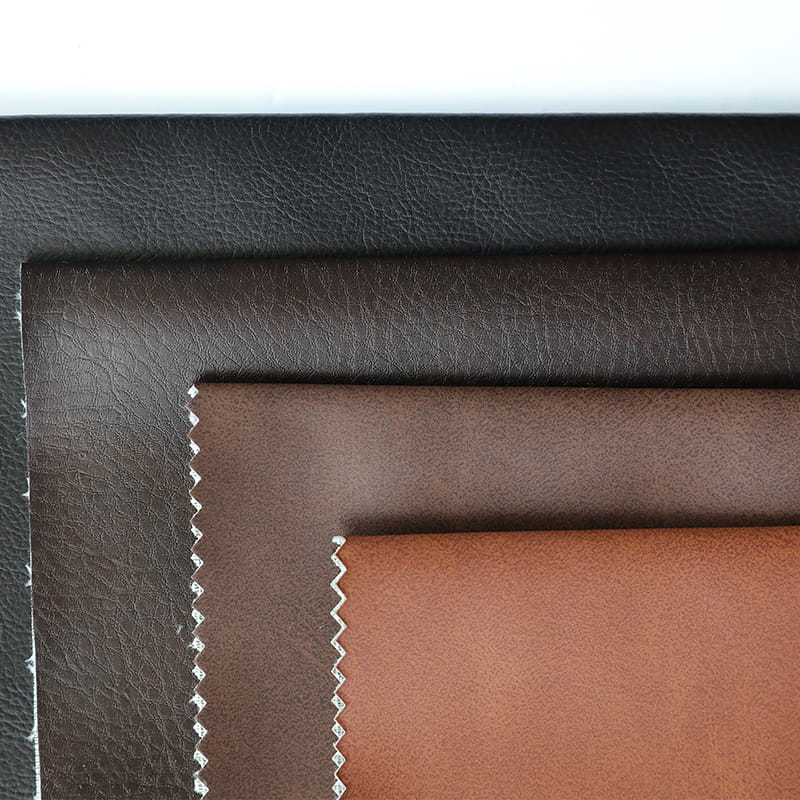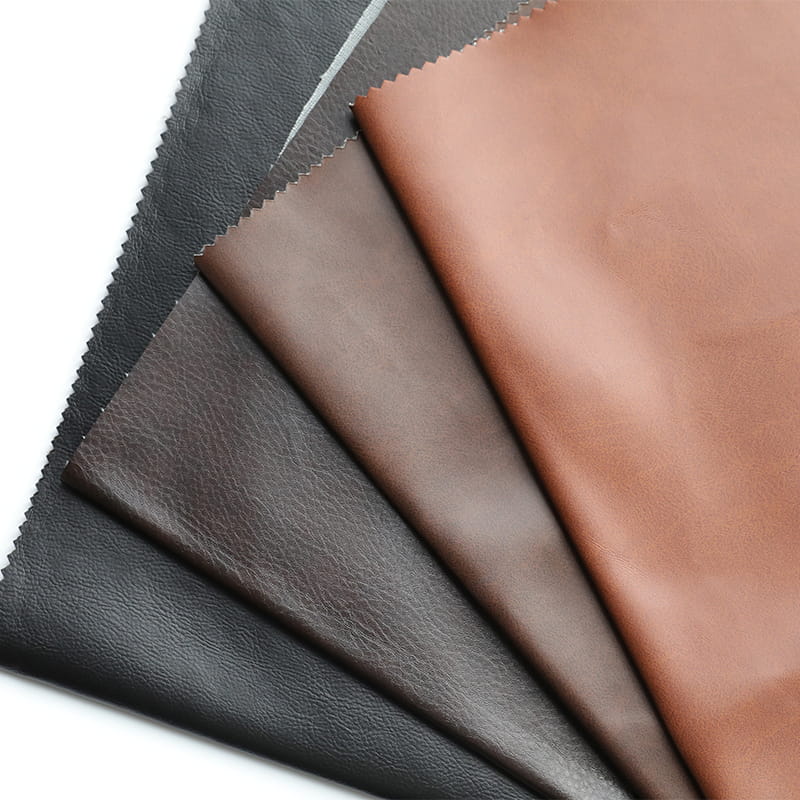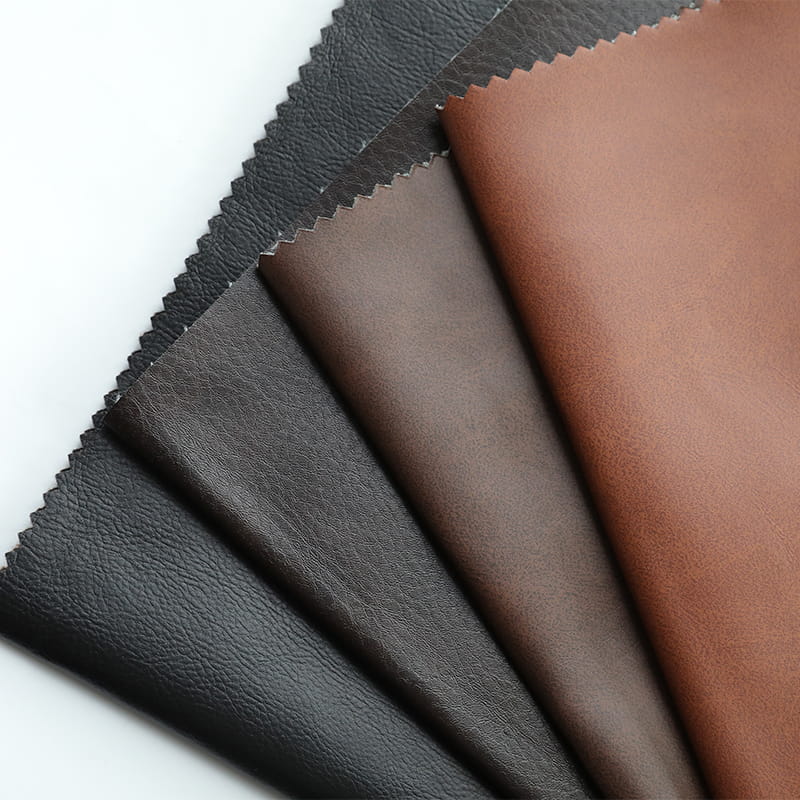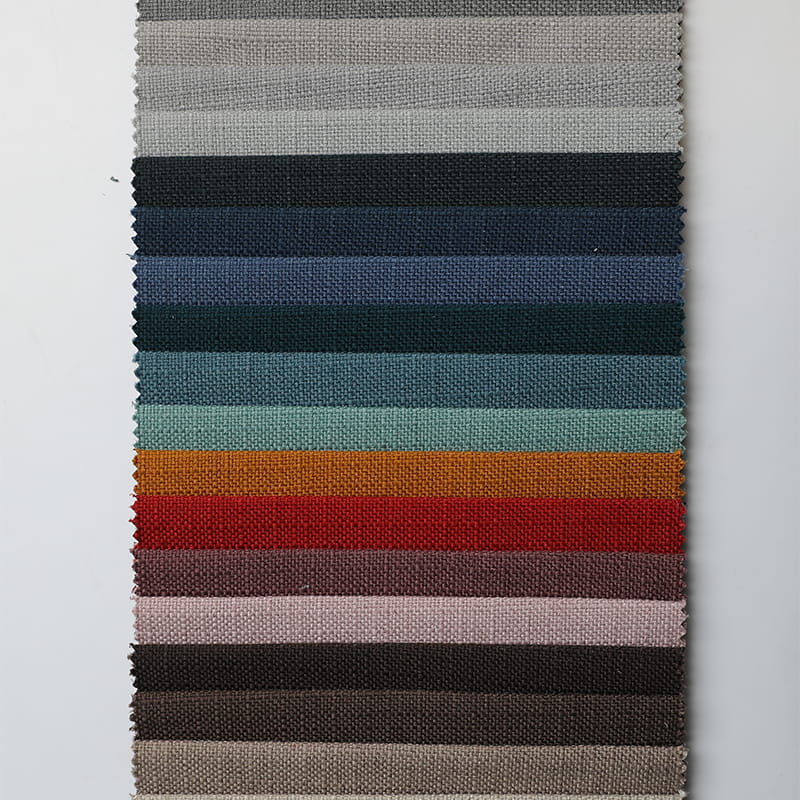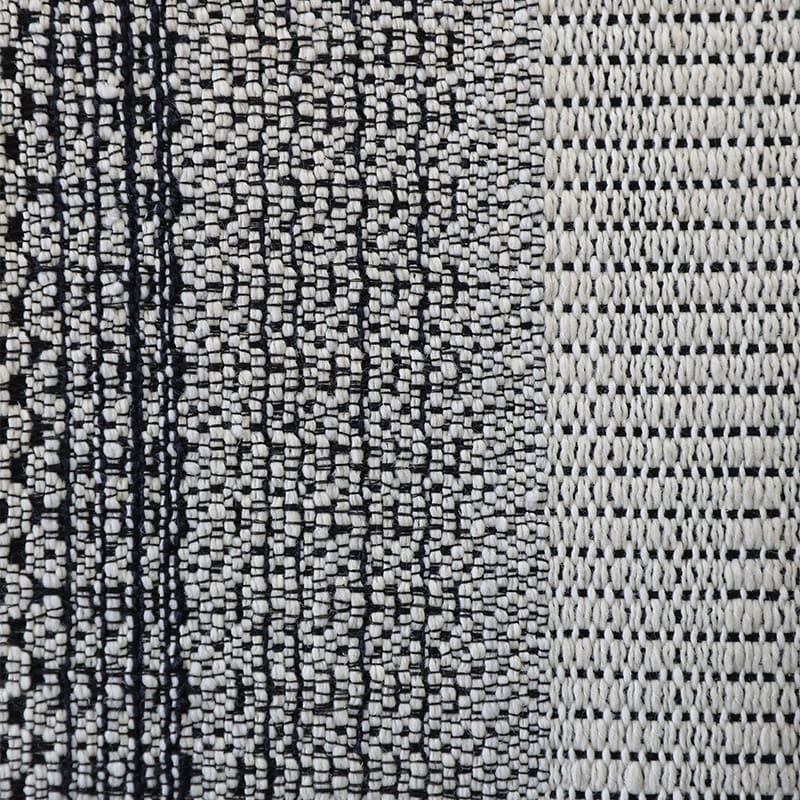Fabric sofa fabric classification: cotton, polyester, nylon, polyester-cotton blended, high-density NC cloth, 3M waterproof mousse cloth.
1. Cotton: It is a fiber derived from cotton seeds, which is processed into cotton yarn by picking, ginning, carding, splicing, combing, roving, and worsted spinning, and then the cotton yarn is converted into cotton cloth.
Strong hygroscopicity---cotton fiber is a porous material with irregular internal molecular arrangement and a large amount of hydrophilic structure in the molecule.
Warmth retention-cotton fiber is a poor conductor of heat, and the inner cavity of the cotton fiber is filled with stagnant air. Comfortable to wear---no static electricity, good air permeability, anti-sensitivity, and easy to clean.
Easy to wrinkle---Cotton fiber has poor elasticity. Large shrinkage rate-cotton fiber has strong water absorption. When it absorbs water, it expands the cotton fiber, causing the cotton yarn to shorten and deform.
2. Polyester (synthetic fiber): Synthetic fiber is made of polymer compounds. Polyester is one of them. It is also called polyester fiber.
Advantages: high strength, strong abrasion resistance, good elasticity, and strong heat resistance.
Disadvantages: The lack of hydrophilic structure between the molecules, so the moisture absorption is extremely poor, and the air permeability is also poor.
3. Nylon: The scientific name of polyamide fiber is the general name of polyamide fiber produced in China. Also called "Nylon" and "Nylon".
Advantages: strong, good abrasion resistance, ranking first among all fibers. Its abrasion resistance is 10 times that of cotton fiber, 10 times that of dry viscose fiber, and 140 times that of wet fiber. Therefore, its durability is excellent. Nylon fabric has excellent elasticity and elastic recovery, but it is easy to deform under a small external force, so its fabric is easy to wrinkle during wearing.
Disadvantages: Poor ventilation and easy to generate static electricity.
4. Polyester-cotton blended fabric: refers to the general term for blended fabrics of polyester and cotton, which is a textile made of blended yarns of polyester and cotton in a certain proportion.
Features: It not only highlights the style of polyester but also has the advantages of cotton fabrics. It has good elasticity and abrasion resistance in dry and wet conditions, stable dimensions, low shrinkage, and has a tall and straight, not easy to wrinkle, easy to wash, and quick-drying Features, can not use high temperature ironing and boiling water soaking.
5. High-density NC cloth: High-density NC cloth is a kind of fabric blended or interwoven with nylon (nylon) and cotton yarn. Its warp and weft density is relatively large, and it generally adopts a flat structure.
Advantages: This product combines the advantages of nylon and cotton yarn, not easy to wear, soft and comfortable, and easy to clean.
Disadvantages: As nylon participates in interweaving or blending, the fabric has poor heat resistance and light resistance. In the process of use, it is necessary to pay attention to washing and ironing to meet the conditions to avoid damage.
6. 3M Waterproof Mousse Cloth: The fabric adopts the latest modern technology-"new synthetic fiber" that is a high-density fabric woven with superfine fibers as raw materials, soft, smooth and delicate; this fabric has countless times more than ordinary fabrics. Fine hairiness, countless times higher surface area and micropores, so the fabric has great dust holding, degreasing and decontamination capabilities.
Advantages: It not only has good waterproof performance, but also does not affect the breathability and moisture permeability of the fabric. The luster is soft and elegant; the hand feels soft, smooth and delicate; the touch feels warm; the cloth body is fluffy and elastic.
7. Flannel:
Advantages: the hand feels delicate and soft, does not deform or fade, and has a good color rendering effect.
Disadvantages: poor air permeability.


 English
English 简体中文
简体中文